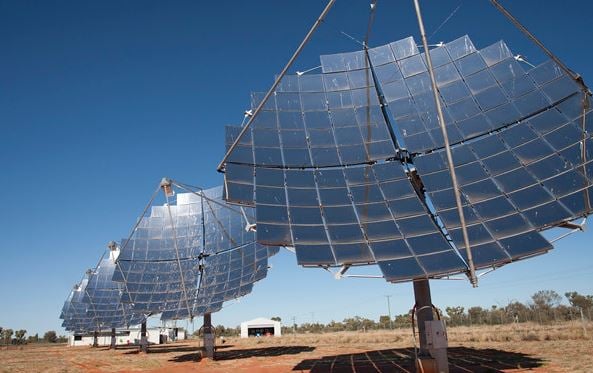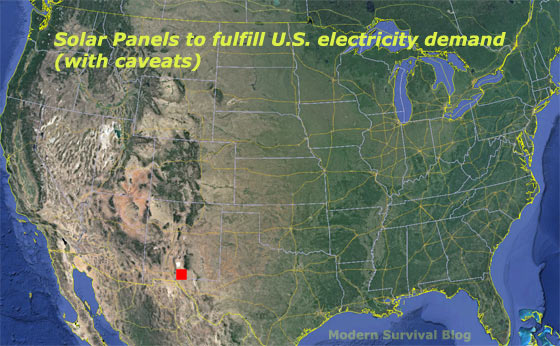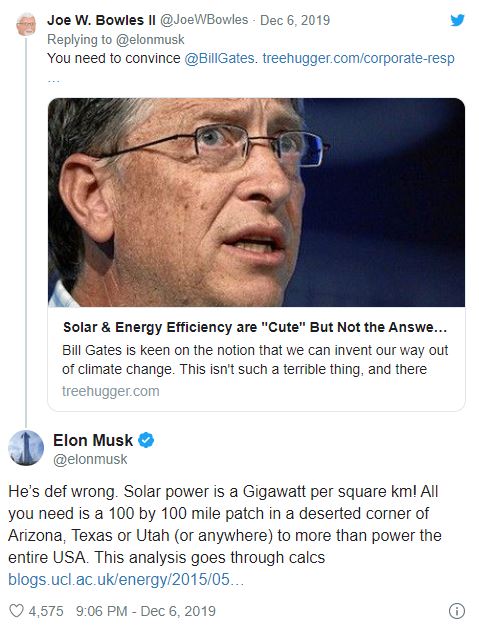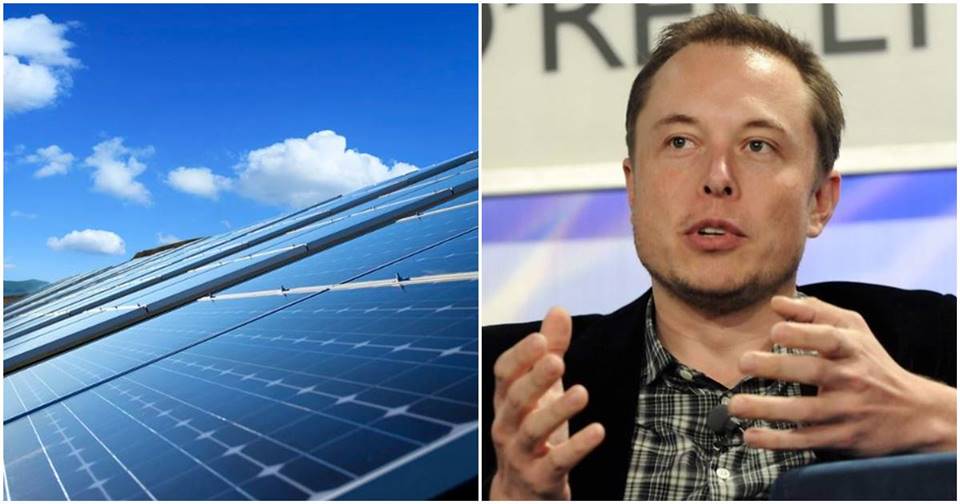Elon Musk is known for having big ideas. He pioneered the electric car market with Tesla. Sold flamethrowers to help raise money to develop tunneling machines. He wants to colonize Mars, make space tourism a reality, and is working to connect computers to the human brain.
He has also spent a lot of time and money on solar energy.
He bought Solar City, a residential alternative energy
company in 2016 and has also been working on creating roofs made of solar
panels.
Musk is so dedicated to solar energy he believes that all of America could run on panels.

Multiple times he has claimed that if the U.S. built a 10,000-square mile solar farm in the southwest desert, it could power the entire country.
The farm would also include a one-square-mile battery pack that would store energy for use when the sun is down or if it’s cloudy.
“The batteries you need to store the energy, so you have 24/7 power, is one mile by one mile. One square-mile,” Musk said at the National Governors Association meeting in 2017. He continued that it’s “a little square on the U.S. map, and then there’s a little pixel inside there, and that’s the size of the battery pack that you need to support that. Real tiny.”

Musk repeated the claim on December 6, 2019. It came as a response
to someone who tweeted at him saying that Bill Gates believes that solar power
is “cute”, but the real energy of the future is nuclear.
“Solar power is a Gigawatt per square km! All you need is a
100 by 100-mile patch in a deserted corner of Arizona, Texas or Utah (or
anywhere) to more than power the entire USA,” Musk tweeted.

Critics of Musk’s idea point out the obvious pitfalls of the nation’s entire source of electricity in one place.
What happens if it’s attacked by terrorists? What if there is a catastrophic change in the weather and the site is covered in clouds for a prolonged period?
The solar industry changes rapidly. What if there is a major improvement in technology after the massive (and expensive) project is built?
While questions abound, there is one thing undeniably right about Musk’s idea: a 10,000-square-mile solar panel installation in the desert would produce enough energy to power America.
Two independent organizations fact-checked his claim and found that Musk is right.
The University College London:
Yes, the area shown is reasonable, as a visualisation of the surface area of panels required to generate electricity equal to total US electricity consumption, on a multi-year average: that area of panels would generate about 500 GW, which is above the current US annual average electricity consumption of 425 GW, with enough spare to account for resistance losses. And do bear in mind that the claim wasn’t about whether demand could meet demand second-by-second, but whether the total amount over time could be met.
Modern Survival Blog also took a deep dive into Musk’s idea and found that it would work, but it could be done with a solar farm of just 1,939 square miles. However, it would require three billion panels and the cost would be sky-high.
“If one approximates each panel to cost $250, the total cost
would be $767 billion,” Modern Survival wrote. “To put it in perspective, the
government spent 3,600 billion in 2012.”
While Musk’s idea may be expensive and more than slightly impractical, it does prove that the entire country could be run on solar power. We’d probably just have to create multiple farms across the country so no magic bullet could wipe out its energy infrastructure.
However, when we consider that the planet and population are in grave danger due to the climate crisis, are there any solutions that could be too expensive or impractical?

